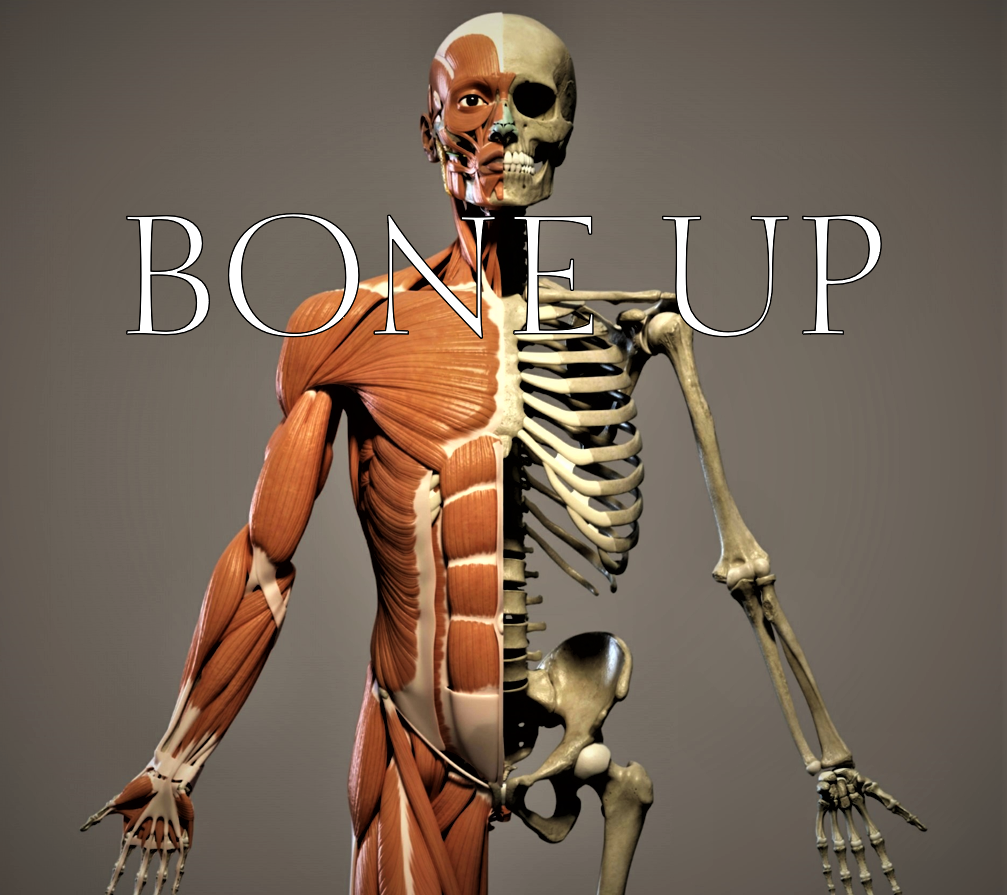For most people, it happens sometime around 35. Bone mass peaks, and their skeleton begins literally wasting away as they descend towards brittleness and, too often, osteoporosis, and broken hips. The good news is this can be avoided, or at least curtailed. What’s more, even before middle age, stronger bones can hold up heavier weights and fend off some training injuries. Your skeleton is your frame and your foundation. Reinforce it. We’ve compiled the six best ways to increase or maintain bone density. Time to bone up.
1. LIFT WEIGHTS
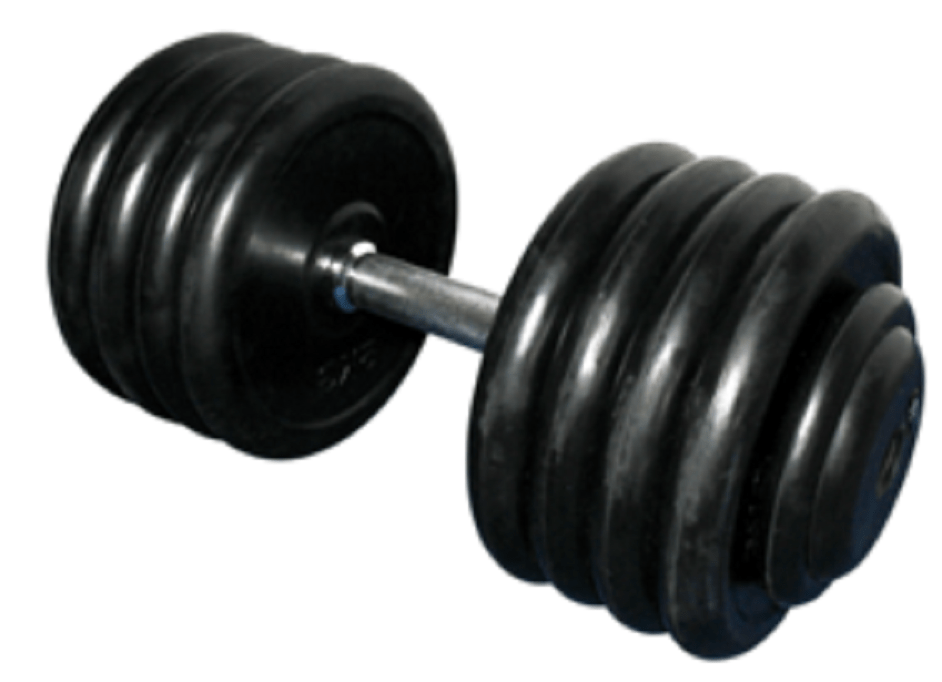
We shouldn’t have to encourage anyone reading The Barbell to lift, but just know one ancillary benefit of adding muscle and strength is that resistance training has been shown to grow and strengthen bones, too. Emphasize standing and free-weight exercises over their sitting and machine counterparts.
2. TAKE YOUR VITAMINS & MINERALS
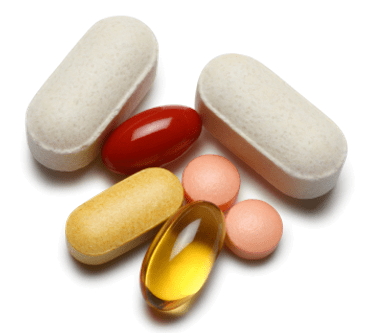
Vitamin D helps the body absorb calcium, and magnesium assists D. Vitamin K reduces calcium loss and helps minerals bind to bones. Zinc is one of those binding minerals which promotes bone growth. All of these can be found outside of a pill. D is made by your skin when exposed to sunlight; it’s also in salmon and egg yolks. K is in green vegetables (especially kale). Magnesium is in nuts, seeds, avocado, and leafy greens. Good zinc foods include shellfish, legumes, nuts, and seeds. We recommend that you swallow a vitamin/mineral supplement daily, just to be certain you’re getting enough of these and other essential nutrients.
3. EAT, DRINK, OR SUPPLEMENT CALCIUM
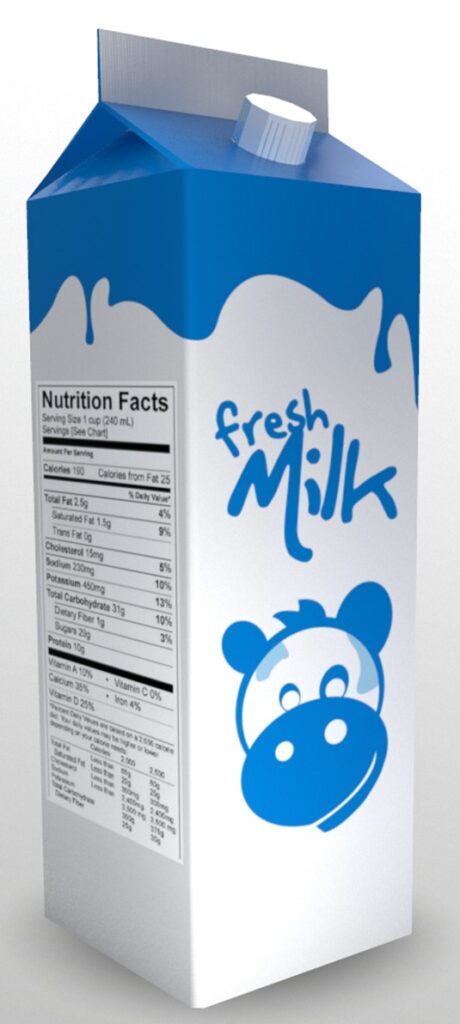
There’s one more mineral, and it’s the big one. Calcium is the primary building block of bones. It’s bone food the same way protein is muscle food. More than 99% of the calcium in your body is in your bones and teeth (the tiny remainder is in your blood).
Dairy is the best source: milk, yogurt, cheese, whey protein powder, etc. Non-dairy sources include some green vegetables (kale again), almonds, and some beans. For better absorption, take in calcium throughout the day (consume a lot in one meal, and you’ll pee much of it away), and aim for a daily minimum of 1000 mg. (1200 mg. for women over 50 and men over 70). Anyone who isn’t getting enough calcium-rich foods in their diet (vegans, we’re looking at you, but not only at you) should swallow a calcium supplement. However, more isn’t better; an excess may foster artery calcification.
4. CONSUME FLAVONOIDS
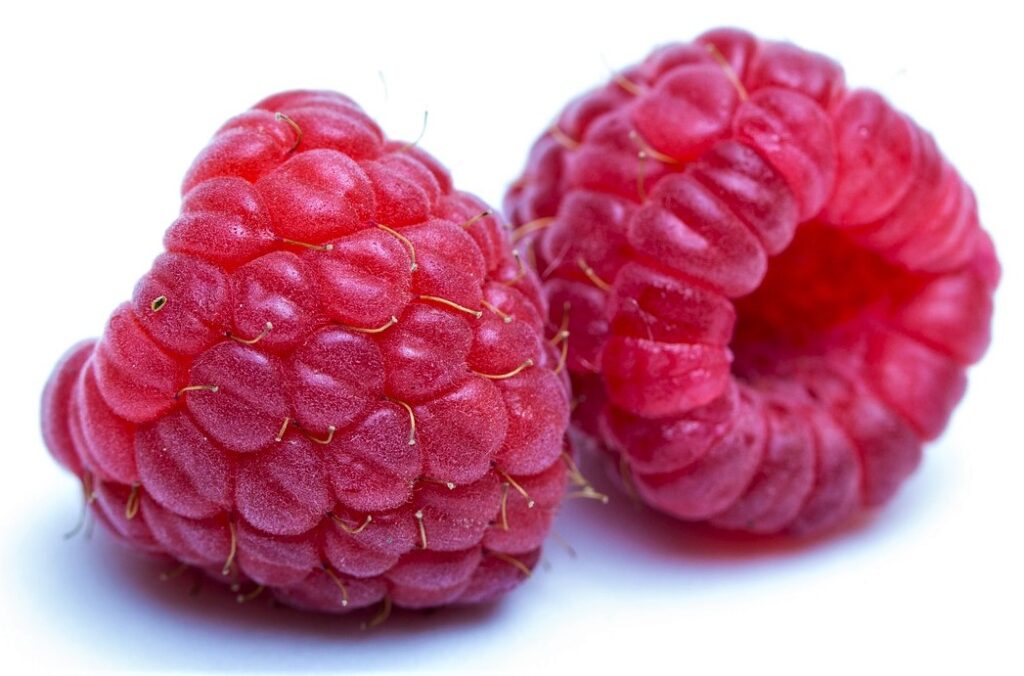
Several studies point to the positive anti-inflammatory effects of flavonoids on bone health. Flavonoids are abundant in such sources as leafy vegetables, berries, citrus fruits, green and black tea, and red wine.
5. AVOID SMOKING & EXCESSIVE DRINKING
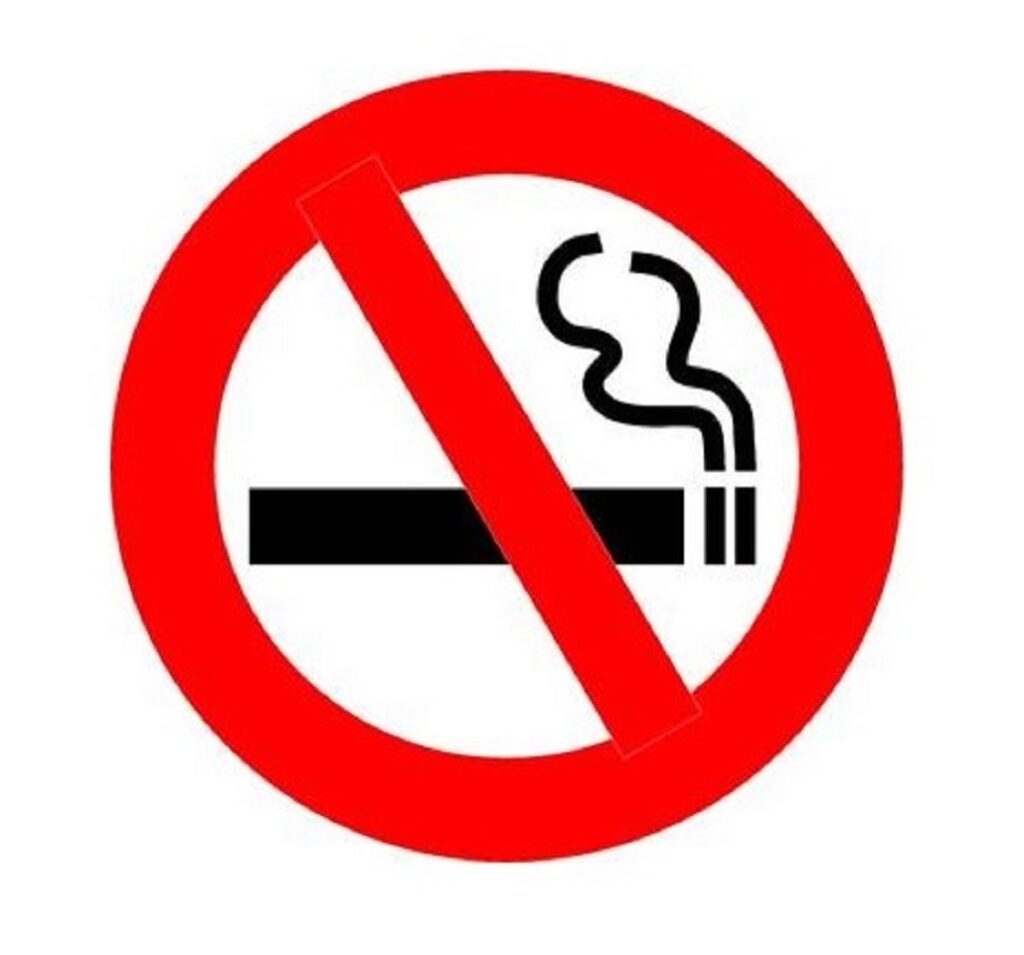
To the many reasons not to smoke tobacco, add the fact that it’s been shown to reduce bone density. Regular excessive booze drinking, especially during teen years and young adulthood, can also be detrimental to long-term skeletal health.
As for cannabis, earlier studies showed it helped bone density, but a research report in 2016 concluded the opposite, that “heavy” weed-toking was worse for bones than tobacco smoking. However, on average, the 170 “regular marijuana users” studied had smoked more than 47,000 times (or five times per day every day for over 25 years)! That’s Snoop Dogg level. “Moderate marijuana use, defined as an average of about 1,000 times during a lifetime, didn’t appear to have any effect on bone health,” the researchers stated.
6. KEEP YOUR WEIGHT UP
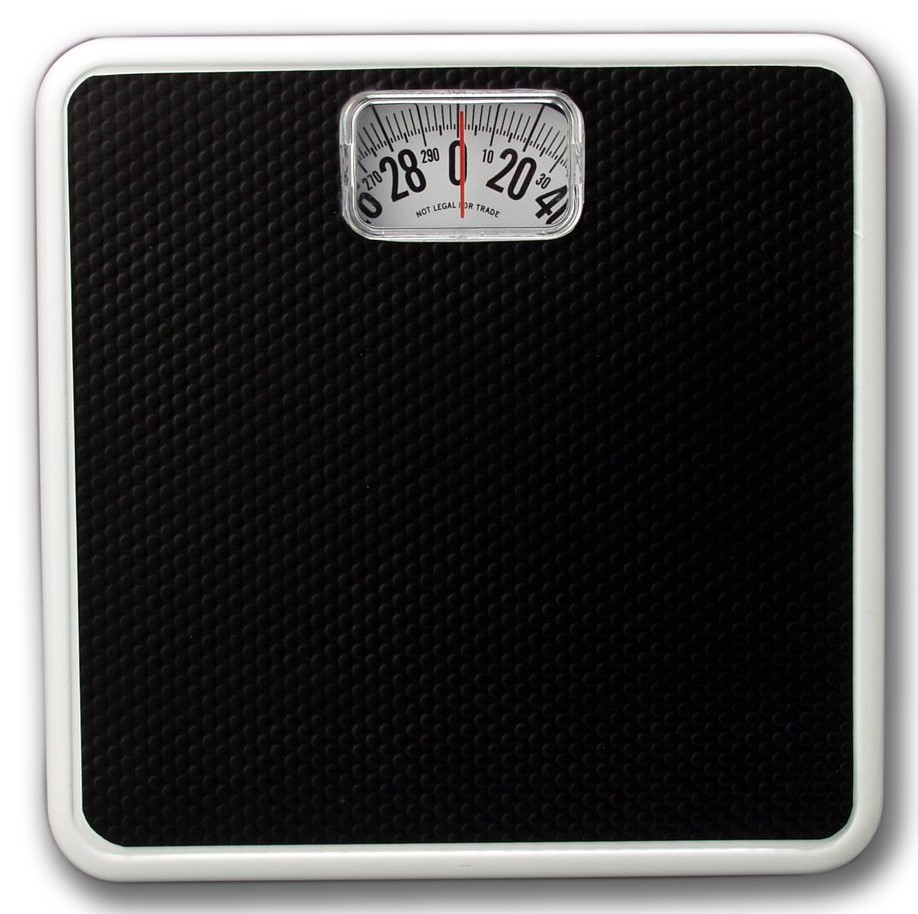
You want your abs to be shredded, but not your spine and femurs. If you’re perpetually peeled, you’re always at risk of leaching minerals from your bones. And, unfortunately, diminished bone density isn’t restored when you gain the weight back. This is a good reason to not stay too lean for too long, to avoid extreme calorie-deficit diets, and—for contest-dieting bodybuilders, especially—to munch on leafy vegetables and supplement with vitamins/minerals.
HOW TO INCREASE BONE DENSITY: FAQS
Which foods increase bone density?
Dairy (milk, yogurt, cheese) for calcium. Kale is good source of calcium as well as vitamin K and flavonoids. Nuts and seeds are good for zinc and magnesium. Berries, citrus fruits, and red wine are also good sources of flavonoids.
What is the fastest way to increase bone density?
There is no fast way, but, together, the six steps above are the best way.
Is it possible to rebuild bone density?
Yes. But once a significant amount of bone density has been lost it’s very difficult to regain much. That’s why you should follow the six steps above long before osteoporosis becomes acute.
What makes bones stronger?
Exercise and proper nutrition are the two greatest factors.
What drink is good for bone density?
Milk, protein shake, calcium-supplement drink, red wine.
What increases bone density the most?
The most important thing you can do is lift weights.
For more on the science of weight-training and your bones, see: Strength Training Increases Bone Density



































